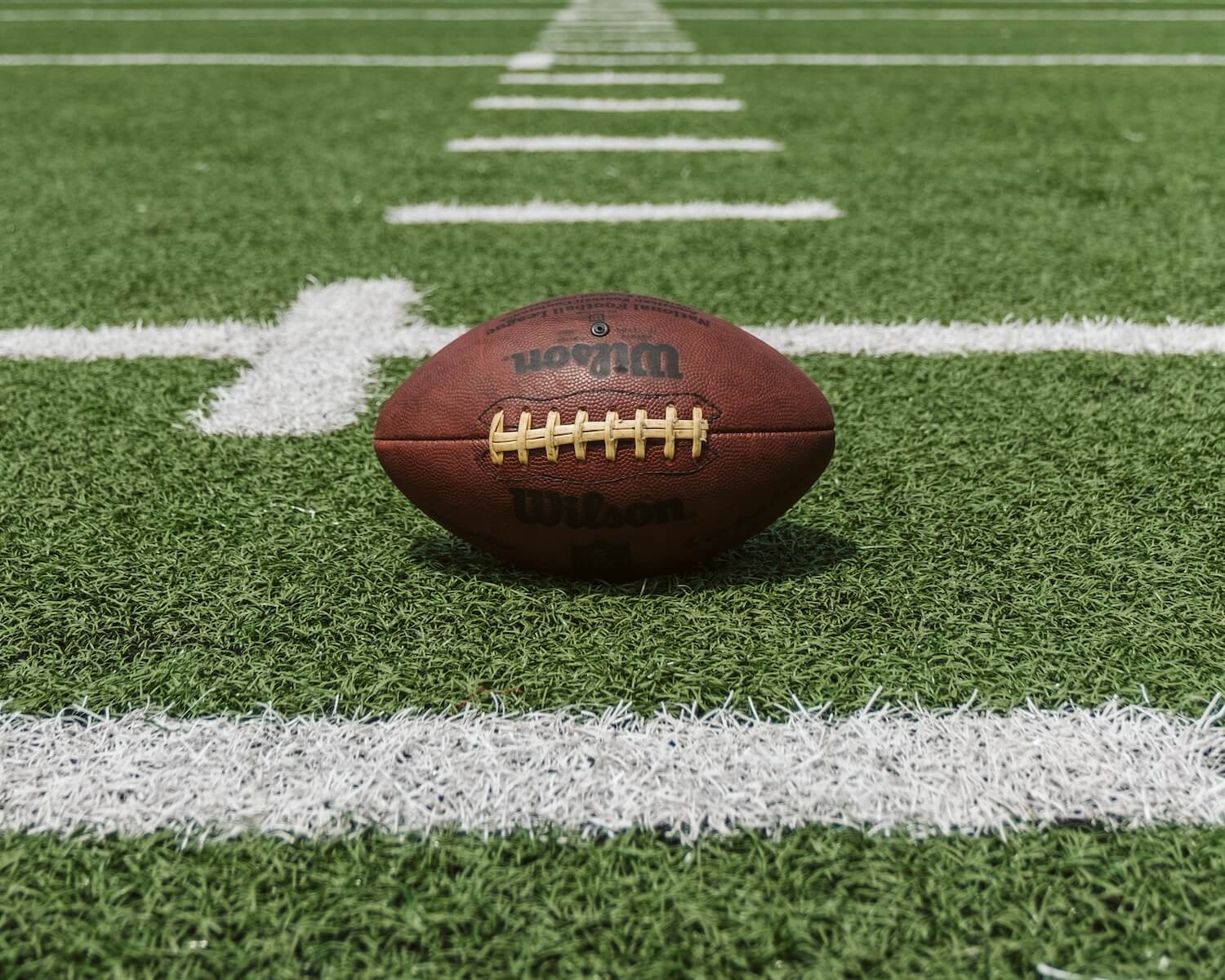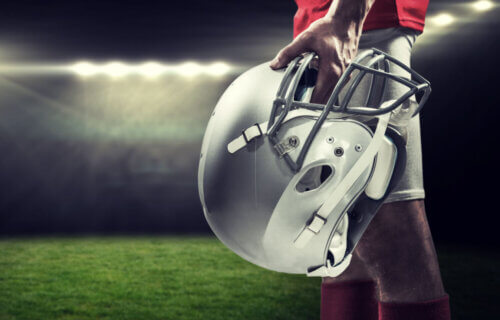Ahhh. The dazzling world of NFL football. The heart-pounding touchdowns, the jaw-dropping tackles – it’s like poetry in motion on the field. But have you ever wondered which positions in this electrifying sport hold the key to the team’s success? Well, guess what? We’re about to dive headfirst into the delightful and sometimes mind-boggling journey of figuring out which team member holds the most important football positions in the NFL.
In the realm of American football, the quarterback reigns as the undisputed maestro, orchestrating each play with precision and vision. The offensive and defensive linemen form the unyielding bulwark, shaping the trenches where battles are won and lost. And finally, the safety stands as the last line of defense, a guardian of the end zone, ready to thwart any would-be scorers with a blend of instinct and anticipation. These positions, in their distinct roles, comprise the beating heart of the gridiron spectacle, where strategy and athleticism converge in a thrilling dance of strategy and strength.
In the grand symphony of NFL football, each player is like a unique instrument, contributing their own melody to the game. But not all instruments are created equal. Some carry the melody, while others provide the rhythm. Figuring out who’s who in this musical ensemble is what we’re all about today. So, if you’ve ever puzzled over the gridiron, trying to decipher which players truly make the magic happen, you’re in the right place.
But here’s the beauty of it all – you don’t need to be a seasoned football pro to appreciate the brilliance of this sport. Whether you’re a die-hard fan or just someone who enjoys the occasional Sunday game, StudyFinds has reviewed all of the experts to break down the most important football positions. Do you agree with our list? Leave a comment to let us know.

The List: Most Important Football Positions in the NFL, Per Fans
1. Quarterback
Well all know a team’s quarterback is the man in the limelight… and there’s a very good reason for that. “They are often considered the most critical position in American football,” according to Sports Brief. “They lead the offense, call plays, and make intelligent split-second decisions. The quarterback is typically the primary passer and orchestrates the team’s passing and running game.”
In the world of sports, quarterbacks aren’t just athletes. “The quarterback is not only the team’s biggest decision maker, but his ability to make timely plays and efficiently manage the game routinely determines which team lands in the winner’s circle at the end of the season,” shares a reviewer from NFL.com.
If you think an NFL player is all brawn, think again. Area Scouts notes, “Not only do quarterbacks have to be able to stand in a collapsing pocket and deliver accurate passes, but they also have to be the smartest player on the field. The ability to dissect a defense and read the opposing teams’ coverages and assignments are imperative to the success of a play, and a quarterback has mere seconds to do so following the break out of the huddle.”
2. Wide Receiver
When it comes to the artistry of football, wide receivers are the maestros of the field. According to Last Word on Sports, “Teams will pay up for a top tier receiver. No ifs ands or buts about it. Last offseason saw a flurry of receiver moves that inflated the market.”
The wide receiver is one of the most glamorous positions, but there is a strategy behind their flare. “Wide receivers are responsible for catching passes and moving the ball down the field, as well as blocking for their teammates. They line up on the edges of the offensive formation and are often the fastest and most athletic players on the field,” shares a reviewer from Scott Fujita. ” To be successful as a wide receiver, a player must possess a combination of speed, agility, and good hands. They must be able to run precise routes, create separation from defenders, and catch the ball in traffic. Wide receivers must also be willing and able to block effectively downfield in order to spring their teammates for additional yards.”
Some reviewers believe that the wide receiver’s role in the NFL has shifted over the years, and other reviewers believe in the longevity of this position. “Wide receivers remain crucial to a game and are usually involved in some of the biggest plays. Wide receivers score most touchdowns in the NFL,” explains My Football News.
3. Tight End
While a tight end sounds like it describes the entire football team, it’s really quite a specific role. “A tight end has one job, offend the opposite team. Their main responsibility is blocking for plays. However, they can also catch a pass, making them appear as modified receivers,” writes My Football News. “Tight ends are small in body size to offensive linemen but generally bigger than traditional football players. They block and receive passes from quarterbacks.”
If you think football is all about flashy touchdowns and dazzling passes, get ready to meet the game-changers known as tight ends. “With their impact on the rushing and passing game, an elite tight end can turn an average offense into a great one,” says Area Scouts. “Tight ends can be a team’s secret weapon in the passing game. Faster than most linebackers and bigger than most defensive backs, tight ends have the ability to produce mismatches on nearly every passing play. In the run game, tight ends often line up next to one of the tackles, effectively serving as an extra offensive lineman. Their ability to seal off the edge and blow open holes for the running back can be the difference between a tackle in the backfield and a first down.”
The tight end position has changed over the years, according to Bleacher Report. “Tight ends used to be, essentially, offensive linemen with hands. From Ozzie Newsome through Antonio Gates and beyond, a tight end who can make a defense pay with speed and athleticism has grown increasingly dangerous—and increasingly valuable.”
4. Running Back
When it comes to game-changing athleticism on the football field, running backs are the undisputed kings of the turf. “Running backs are responsible for carrying the ball and gaining yards on the ground,” shares Game Day Culture. “They must have good vision, agility, and the ability to break tackles. They also need to be able to catch the ball out of the backfield and pass block. There are different types of running backs, including power backs and scat backs, each with their own unique set of skills.”
The position of running back reigns supreme with its awe-inspiring display of speed, power, and agility. “With the jukes and spin moves, touchdowns, and big hits – it’s one of the best positions in football,” adds Area Scouts. “Running backs need to be able to read their blockers and hit open spaces to pick up yards. Backs also need to be effective in the passing game, as they are used in screenplays and can line up in the slot, out wide, or even run a route out of the backfield, in addition to making plays with the ball in their hands, RB’s need to be effective pass blockers too. Running backs can line up next to the QB as a safety blanket should pass rushers break through the offensive line, and they also need to be able to sell a fake in a play-action.”
Running backs seem to be the heartbeat of the game, infusing it with a thrilling blend of athleticism and finesse. “Many of the top teams in the NFL still rely on a powerful ground game fueled by a dominant runner,” mentions NFL.Com. “The presence of a standout RB alleviates the pressure on the quarterback and gives the offense the balance needed to win against elite defenses.”
5. Left Tackle
In the intricate chess match that is American football, the left tackle stands as a formidable fortress. “In the offensive line, a left tackle plays the most crucial role in protecting a quarterback’s blind spot,” writes My Football News. “A left tackle must do his job perfectly and ensure the quarterback is not tackled. He needs to block any offensive player getting to the quarterback. If a left tackle fails in his responsibility, the quarterback can be tackled and be injured.”
When it comes to ensuring the success of a play, the left tackle plays a pivotal role. According to a reviewer from NFL.com, “Keeping the all-important quarterback protected is obviously a top priority. Thus, the second-most crucial offensive position is left tackle, due to the presence of dangerous pass rushers on the QB’s blind side. Premier LTs are capable of snuffing out dynamic rushers without assistance, and decision makers are always on the hunt for nimble pass protectors with great skill.”
If a football position’s value is measured in dollars, the left tackle position proves itself every season. “There’s a bit of a theme with contracts these days. Either the guy throwing the ball, the guy catching the ball or the guy trying to rush the passer gets paid the most. Then it moves to the position responsible for protecting the guy throwing the ball,” adds Last Word on Sports.
Which football position do you believe is most important? Leave a comment to let us know!
You might be interested in:
Sources:
- The ICT Zone
- Game Day Culture
- Scott Fujita
- Sports Brief
- My Football News
- Last Word on Sports
- Area Scouts
- Bleacher Report
- Rookie Road
- NFL.com
Note: This article was not paid for nor sponsored. StudyFinds is not connected to nor partnered with any of the brands mentioned and receives no compensation for its recommendations.
